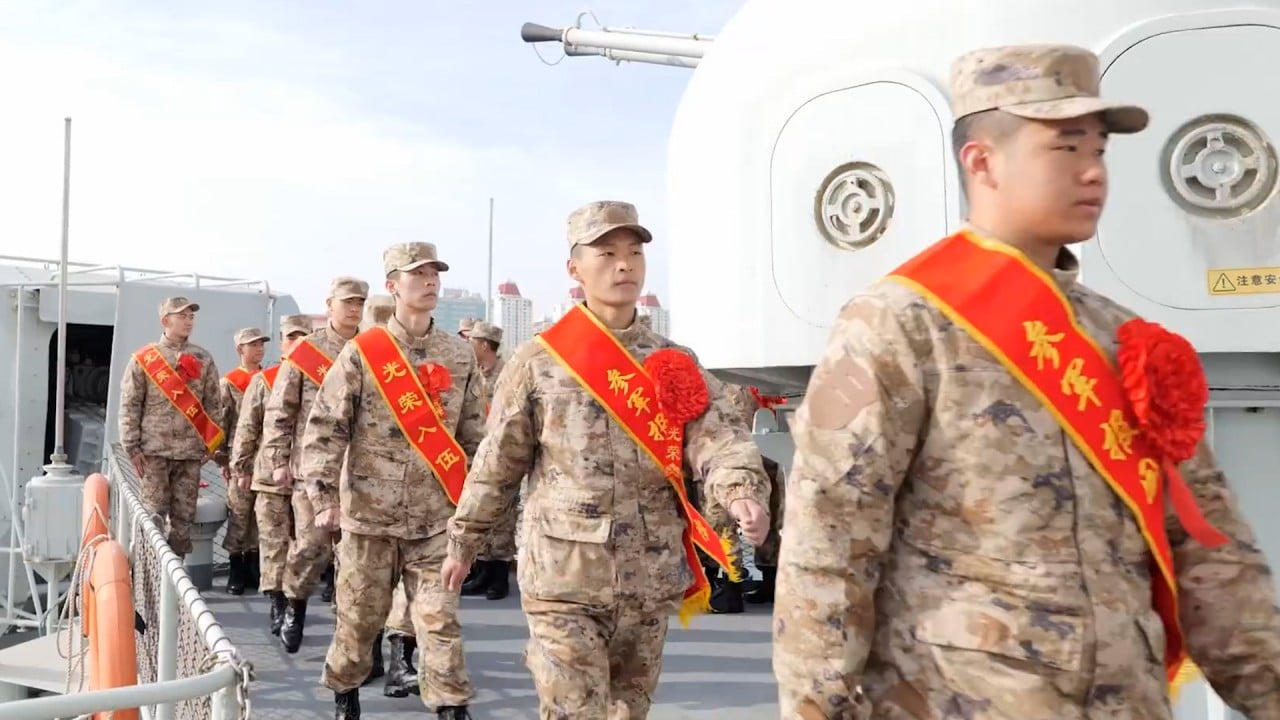It is unclear how many graduates will be needed to replenish the PLA’s two million personnel pool, as numbers mainly depend on how many soldiers and officers are coming up for retirement.
According to data from military service units stationed at universities on the mainland, more than one million graduates have applied to join the PLA since 2017.
Zhou Chenming, a researcher with the Beijing-based Yuan Wang military science and technology think tank, said recruiting more fresh graduates “would not only help Chinese local authorities to relieve the ongoing employment”.
“The most important task of the PLA is to seize the opportunity to hunt more talent to help the military achieve its ultimate goal of military modernisation,” he said.
Former PLA instructor Song Zhongping said joining the army had become a new norm for university students, with more of them turning to the military as an alternative platform to build a better career path amid the modernisation programme.
“The PLA is now taking a volunteer system. More science and engineering talent joining the army would not only help the army achieve its goal of modernisation, but also pave the way for its future plan of military professionalisation,” he said.
“Chinese secondary students were once the main source for the PLA, but such a trend has changed in recent years, and now only high-quality high school students will be picked for military academies as trainees and cadets.”
Last week, military newspaper PLA Daily reported that this year’s academy enrolments would focus on science and technology majors “because of the needs and tasks for combat-readiness and war preparation training”.
According to the report, the Central Military Commission’s training and administrative department intends for the army’s 27 academies to recruit more than 17,000 high school students this year – 2,000 more than in 2022 and an increase of 13 per cent.
Students aged between 17 and 20 who achieve a first grade in college entrance examinations and have also passed basic physical and political reviews are qualified to apply, according to PLA Daily said.
The National University of Defence Technology in Changsha, in the central province of Hunan, and other military academies had started expanding and diversifying their intake “specifically in commanding and technical categories”, it said.
PLA Daily said the expansion aimed “to meet the demands of military modernisation, which requires more high-quality and specific military experts and professionals”.
High school students have become a main source for the PLA’s efforts to cultivate specific military talent, but the army is still finding it difficult to attract the country’s most outstanding young people, according to Zhou from the Beijing-based think tank.
“Compared with top public universities like Peking and Tsinghua, military academies are less attractive to outstanding high school students in first-tier cities like Beijing and Shanghai,” Zhou said.
This could be why the PLA schools preferred to target students from second and third-tier cities, where the vocational outlook was weaker, he added.
The PLA is also prioritising the return of veterans with command and technical experience in its new rules for the recruitment of soldiers in wartime, released in April.
While China has vowed to become a world-class military power on a par with the United States by 2050, a more immediate goal is to achieve “a modern fighting force” by 2027 – the centenary of the PLA’s founding during the civil war, which ended with Kuomintang forces fleeing to Taiwan.
The island – which Beijing regards as part of its territory, to be brought under its control, by force if necessary – has become a potential flashpoint in the growing rivalry with Washington.
Most countries, including the US, do not recognise Taiwan as an independent state. However, Washington opposes any attack on the self-ruled island and is committed to helping with Taipei’s military defences.



